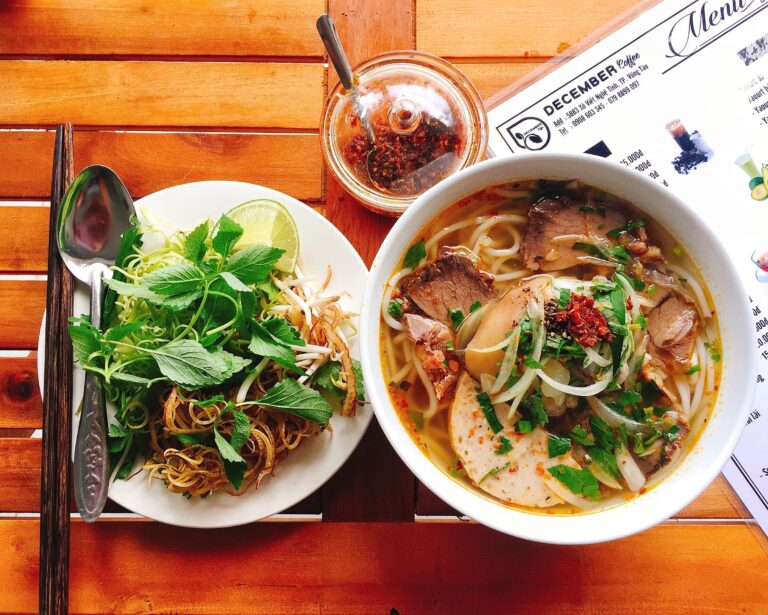
Ramen, the World’s Beloved Noodle Soup — Ramen. However, restaurant ramen could be considered good for somebody. Explore Nutrition, Expert Tips for Healthy Dining. Ramen Variations, Professional Reviews and Home-Cooked Alternatives. Also, learn about other types of noodles to eat and how to do it guilt-free. Let’s explore the truth behind the health of restaurant ramen.
In this blog post, we’ll explore the health implications of restaurant ramen, is restaurant ramen healthy option for you? and provide insights from experts.
Nutritional Considerations
When it comes to the nutritional content of restaurant ramen, several factors need attention. The use of white flour-based noodles, which can affect blood sugar control due to their starch content, is a common concern. Moreover, restaurant ramen broths are often high in sodium and may feature added fats like pork belly or butter, increasing calorie content and the risk of weight gain.
Variations in Restaurant Ramen
It’s essential to recognize that restaurant ramen’s nutritional content can differ based on the type of broth, noodles, and toppings used. Here’s a table illustrating the calorie and sodium content of various ramen types:
| Type of Ramen | Calories | Sodium (mg) |
|---|---|---|
| Tonkotsu | 700-900 | 1,500-2,000 |
| Miso | 500-700 | 800-1,200 |
| Shoyu | 600-800 | 1,000-1,500 |
| Shio | 500-700 | 1,000-1,500 |
Is Restaurant Ramen Healthy – Expert Opinions
According to Frank from 5 AM Ramen, most ramen from restaurants in Japan are about 450 – 600 calories when you drink all the soup. He also notes that while ramen can be high in sodium, the sodium in ramen soup is the least of his concerns. However, Dr. Michael Goran, director of the Childhood Obesity Research Center at the University of Southern California, warns that ramen noodles contain 14 grams of saturated fat per package, which is 40% of the daily intake. It is important to consider the opinions of experts when evaluating the healthiness of restaurant ramen.
Related Is Ramen Healthy? Ultimate Guide: That You Don’t Miss (2023)
Tips for Healthier Ramen Dining
If you are concerned about the health implications of restaurant ramen, consider these tips for making healthier choices:
- Add plenty of vegetables and lean protein to increase nutritional value.
- Look for low-sodium options or request the broth to be served on the side to control your sodium intake.
Homemade vs. Restaurant Ramen


Homemade ramen allows you to have better control over its nutritional content. By making your own ramen broth using fresh ingredients like chicken or vegetable stock, ginger, garlic, and soy sauce, you can avoid the added fats and sodium commonly found in restaurant ramen. Furthermore, you can opt for healthier noodle alternatives such as brown rice noodles or zucchini noodles.
Alternative Noodle Options
If you’re looking for healthier noodle choices, consider these options:
- Whole wheat noodles: Rich in fiber, they help regulate blood sugar levels.
- Shirataki noodles: Made from konjac root, they are low in calories and carbohydrates.
Ramen and Weight Management
While ramen can be a satisfying and delicious meal, portion control is crucial. Consuming excessive calories and sodium can lead to weight gain and health issues. By making informed choices and being mindful of your intake, you can enjoy ramen as part of a healthy and balanced diet.
Conclusion
In conclusion, restaurant ramen can be a delightful meal, but it can also be high in calories, sodium, and saturated fat. To make the most of your ramen experience, be mindful of portion sizes and consider healthier options. Homemade alternatives are an excellent way to enjoy ramen without compromising your health. By staying informed about the nutritional content of restaurant ramen and making wise choices, you can savor this beloved dish while maintaining a healthy lifestyle.
FAQs
What is the healthiest ramen option in restaurants?
It all depends on what type of broth, noodles, and toppings one orders. For instance, shio ramen contains a salt-based base having fewer calories and fats than miso ramen, which uses a miso-base having fewer calories and fats yet still has a lesser quantity of noodles than shoyu ramen In addition, several restaurants now serve healthier options like brown rice noodles or zucchini noodles. In order to do that, one needs to research the restaurant beforehand as well as read and understand their menu.
How to make ramen healthy at restaurant?
Do you worry about health aspects related to restaurant ramen? Here are some tips for making healthier choices in response. You can improve the nutritious value of ramen by adding lots of vegetables and lean protein. You can also try finding low sodium dishes, and ask if they can serve the broth separately so that you regulate your intake of it. You can make ramen healthier by choosing healthier options like brown rice noodles/zucchini noodles in addition to opting for meatless varieties.
How many calories in ramen at a restaurant?
Depending on the type of broth, which type of Noodles, and topping in the restaurant, the calorie count of its Ramen can change. The 5 AM Ramen reports that most of the restaurant ramen in Japan has around 450-600 calories if it’s drank with soup. Nevertheless, some American restaurants may have ramen servings over 1,000 calories. We have to be cautious about our portions and select healthier options where possible.
Does restaurant ramen have a lot of sodium?
There is a lot of salt in the restaurant Ramen. The only problem with ramen is the sodium mentioned by 5 AM Ramen according to them. Nevertheless, some ramen foods have as much as 2,000 milligrams of sodium per portion. Excess consumption of sodium may cause hypertension, and cardiovascular diseases, among others. Keep in mind, that ramen served at restaurants may contain very high amounts of sodium, which can be reduced by choosing low-sodium versions.






